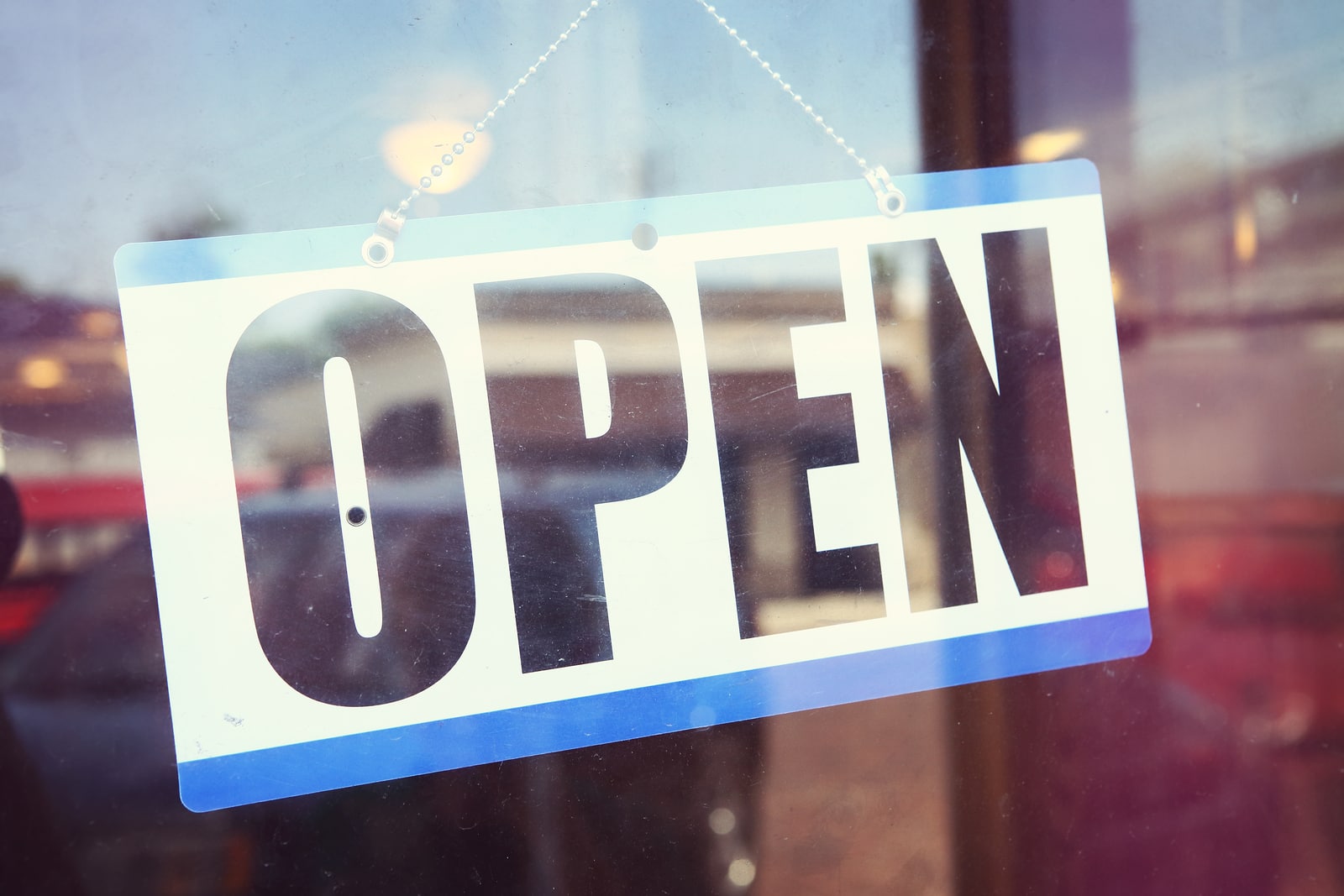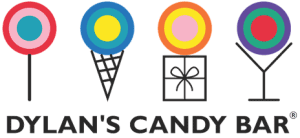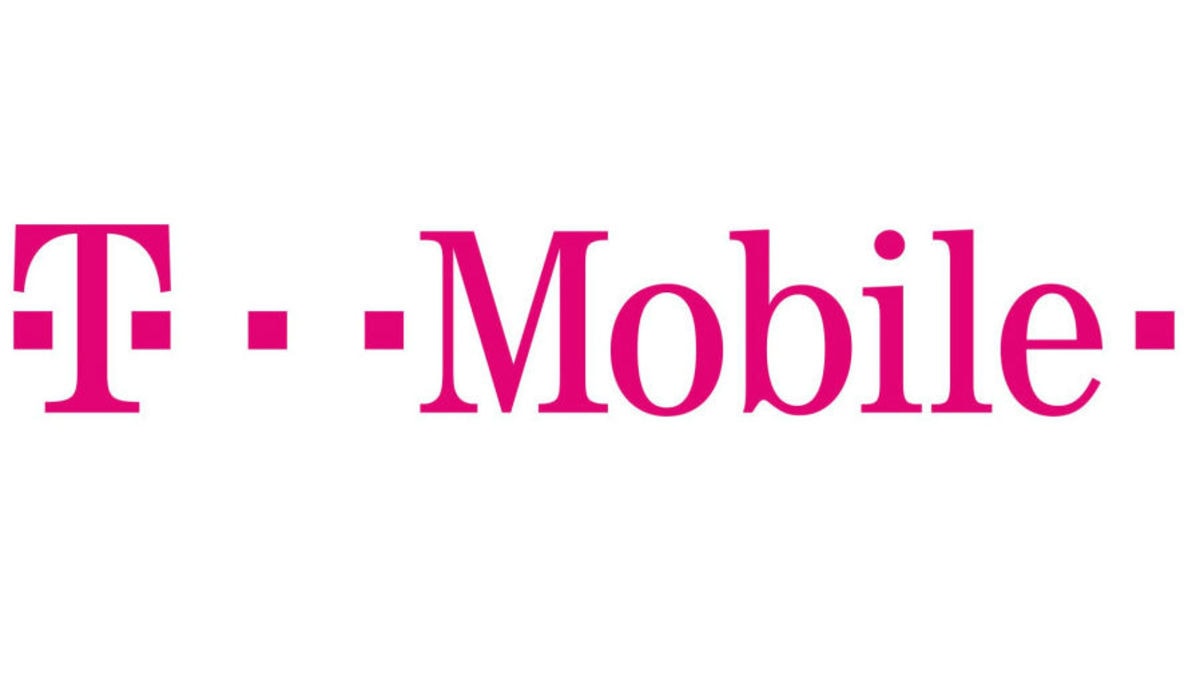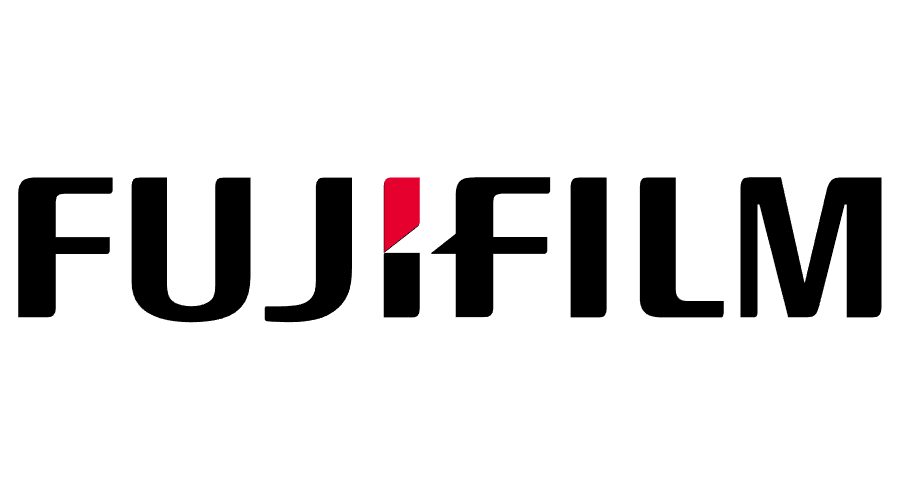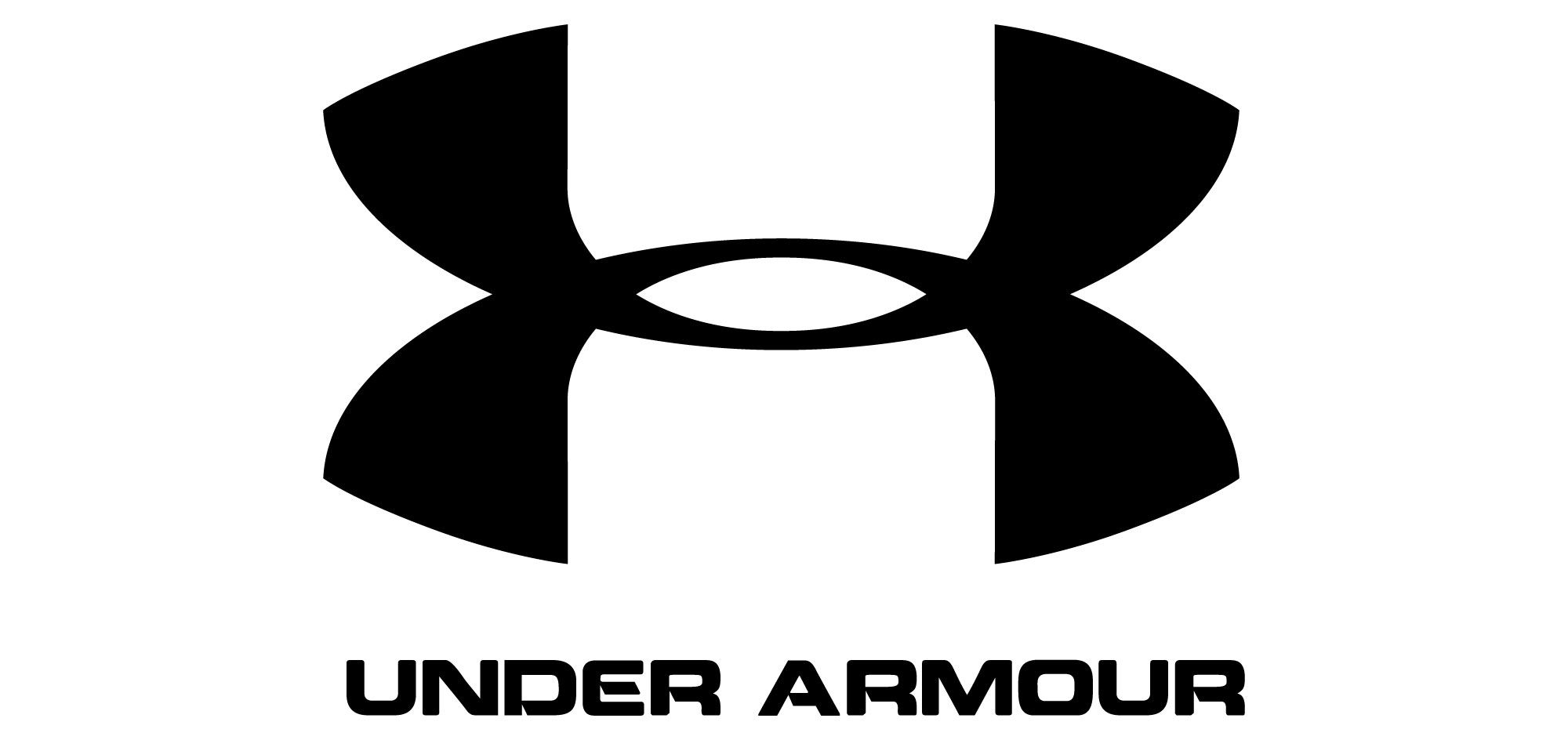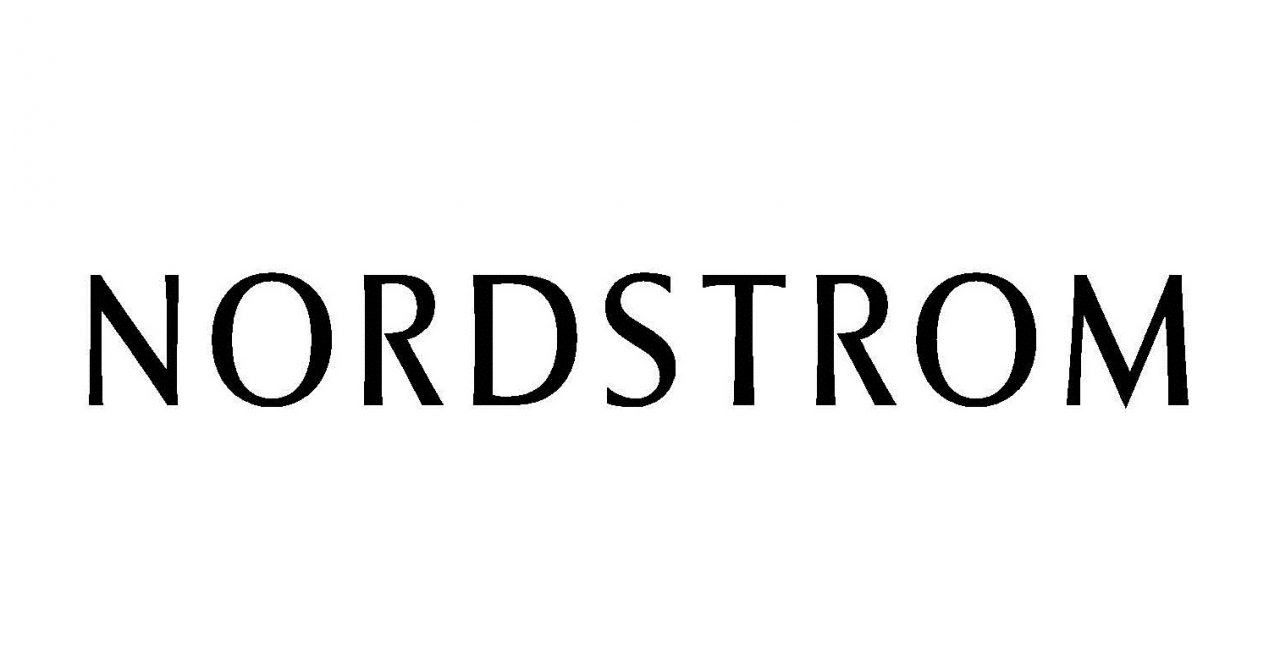Key Takeaways
- Prioritize Quality Over Quantity
Too much signage can overwhelm customers, making key messages less effective. Focus on clear, well-placed signs that provide essential information without clutter. A balanced approach ensures better engagement and readability. - Understand Your Audience
Tailoring signage to your customers’ preferences makes it more relevant and appealing. Using targeted messaging prevents signs from feeling intrusive or excessive. Effective signage resonates with the right audience without causing frustration. - Ensure Consistent Branding
Signs should align with your brand's colors, fonts, and messaging for a cohesive look. A consistent style strengthens brand recognition and builds trust with customers. Poorly designed or mismatched signage can create confusion and weaken branding. - Utilize Permission Marketing
Marketing to customers who have shown interest increases engagement and reduces annoyance. This approach respects customer choice and fosters a positive brand relationship. Overloading uninterested shoppers with signage can be counterproductive. - Measure and Adjust Strategies
Regularly review signage effectiveness through customer feedback and sales data. Identifying which signs work best helps refine marketing efforts over time. Adjusting strategies ensures signs remain impactful without being overwhelming.
One of the most important aspects of effective marketing is balance. Highly effective marketing campaigns strike a balance between being too focused and frequent, and being so infrequent that prospective customers fail to notice.
When it comes to retail signage, balance is more important than ever. Use too many signs in your retail store and you’ll irritate and annoy customers. Use too few and it could significantly affect your revenue and sales results.
Balancing too much signage versus too little signage is something that many retail marketers struggle with. It’s hard to assess how much is the right amount when it’s your store you’re working on, especially as a business owners instead of a customer.
Luckily, it’s not impossible to work out the right amount of signage to use in a retail environment. Below, we’ve listed three simple strategies that you can use to find the perfect balance of signage that creates results but not annoyances for customers.
Avoid using more signage than you need to
Here’s a great way to determine whether the amount of signage in your store is ideal of over-the-top: how much do you need to get your marketing message across?
When you use more signage than you need to, you run the risk of annoying shoppers by bombarding them with marketing messages. You also do this at no real benefit, as customers will already be aware of the message you’re trying to deliver.
When you’re assessing the optimal amount of signs to use in your retail store, think in terms of what’s necessary. Will adding an additional sign increase your message’s impact, or will it merely get in the way of customers?
Strike a balance between what’s necessary and what’s optimal without going too far and irritating customers. This way, you’ll achieve optimal results without spending more on signage than you need to or alienating potentially happy customers.
Use different signage to increase relevance
If you’d like to increase the amount of signage in your restaurant or retail store but don’t want to use the same signs over and over again, try using different signage to create a mix of styles and marketing messages.
Can you image walking down a street that’s lined with the exact same billboard over and over again? Repetition is important in marketing, but overusing the exact same message will leave your customers cold and uninterested in your offer.
Instead of reusing the same signage, use a mix of different messages – or different angles on the same message – so that customers get a greater amount of contrast and visual variety when they navigate through your retail store.
Use a combination of large and small retail signs
Another great way to introduce variety and contrast into your store is to use a mix of different sizes, shapes and sign configurations. Signs don’t always need to be the same size – in many cases, it’s far more effective to use a mix of shapes and sizes.
Use large retail signs in windows and above aisles to direct customers through your store, then small signs to direct their attention onto shelves and racks. Use tiny signs on your counter to deliver short, simple messages and big signs near the entrance.
When you use a mix of different shapes and sizes in your signage, you create visual contrast that’s necessary to keep people interested. If your signs were all the same size and look, customers would quickly tune them out and ignore them entirely.
The more unique each sign appears, the greater its effects. Use a wide range of sizes, shapes and styles to maximize the impact each of your retail signs has on customers.
FAQs
- How can I determine the right amount of signage for my business?
Evaluate your space, customer flow, and key touchpoints to avoid overcrowding. Signs should guide and inform rather than dominate the environment. Well-placed signage improves navigation and enhances the customer experience. - What are the risks of using too much signage?
Overuse of signage can confuse or irritate customers, leading to disengagement. Cluttered spaces can make important messages harder to notice. A strategic approach ensures signage adds value without overwhelming visitors. - How does permission marketing benefit customer relationships?
Engaging only with interested customers creates a more personalized experience. This approach reduces the likelihood of your messaging feeling pushy or excessive. Respecting customer preferences improves brand perception and trust. - What role does consistent branding play in signage?
Maintaining uniform colors, fonts, and designs reinforces brand identity. Customers associate familiar visuals with professionalism and reliability. Inconsistent signage can dilute branding and reduce customer confidence. - How can I measure the effectiveness of my signage?
Track sales, customer interactions, and feedback to determine sign impact. Observing how customers respond can guide improvements in placement and messaging. Regular updates ensure signage remains relevant and engaging.

